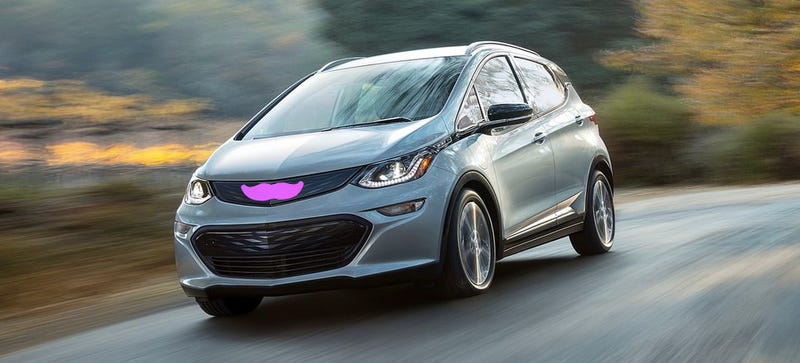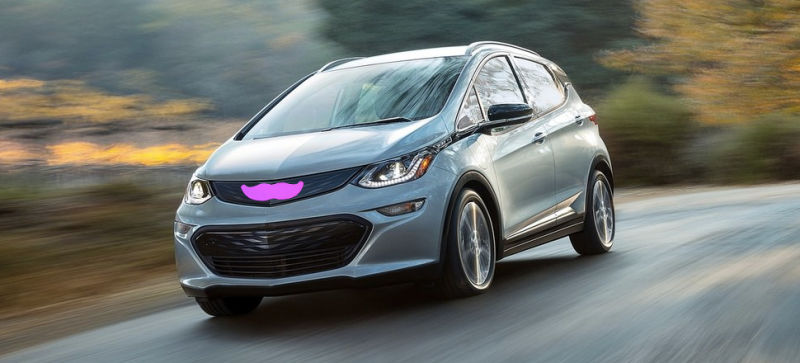
In their quest to stay relevant as our consumption of cars changes, General Motors dumped $500 million into the ride-sharing app Lyft this year. They plan to be part of the first generation of self-driving taxis, which we’re now hearing will be Chevy Bolt EVs and active within the next twelve months.
Today The Wall Street Journal is reporting that Lyft customers in a “yet-to-be-disclosed city” will soon be able to select self-driving cars from a menu within the ride-hailing app on their smartphone. These cars will still have humans in the driver’s seat at the onset to intervene if the system fails and to satisfy laws about taxi operation, “but the driver is expected to eventually be obsolete.”
The Bolt EV, unveiled at this year’s Consumer Electronics Show, was supposed to be an earnest mass-market electric car aimed at providing inexpensive and efficient transportation to average Joe and Jane drivers with an operational range of 200 miles per change and a price around $30,000.
Advertisement
Now it seems as though GM is banking on Lyft and its drivers as the car’s primary customers. The plan is to rent Bolts to the modern-day cabbies driving smartphone users around via Lyft, as the company currently does in Chicago with Chevy Equinox SUVs.
The Bolt rental proposition could be similar to the arrangement drivers can make on an Equinox, as explained by Re/Code:
Sponsored
The idea behind the program is simple: People in Chicago (and later in Boston, Washington, D.C., and Baltimore) who don’t have vehicles that meet Lyft’s qualifications can rent a vehicle on a weekly basis with no commitment. Under Express Ride’s three-tier fee system, a driver who completes fewer than 40 rides a week pays a weekly base fee of $99 plus 20 cents per mile; those who complete more than 40 rides only pay the base fee; and those who complete 65 rides a week don’t pay rent at all.
Once Lyft and GM figure out how to satisfy local livery laws, they will presumably just cut out the “renter.” And who knows Lyft may be a wholly-owned GM subsidiary by that point.
Meanwhile, GM and Lyft’s plan to remove drivers from their futuristic taxi serivce hinges on the completion of a deal pending between GM and a company called Cruise Automation. The automaker is dropping around $1 billion to acquire the San Francisco tech company to “add Cruise’s deep software talent and rapid development capability to further accelerate GM’s development of autonomous vehicle technology,” as we reported earlier this year.
Stay tuned to find out exactly where you’ll be able to get a lift from a Lyft that’s driving itself. And if you could– would you?
Advertisement













